Dairy News provides timely information about the dairy industry, featured events, farm safety and animal health.
Direct questions or comments to umndairy@umn.edu.
30 Minutes: Robotic milking webinars
Marcia Endres and Jim Salfer interview dairy producers who have robotic milking systems for an overview of their operation followed by audience Q&A. Watch past webinars on our YouTube channel.
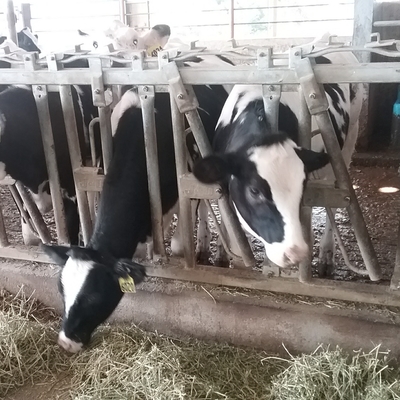
As we try to improve feed efficiency, it is useful to think about and minimize sources of energy loss from the animal.
The 84th annual Minnesota Nutrition Conference was held this past September in Mankato, and covered a wide range of topics from neonatal nutrition, improving protein utilization of dairy cows, and updates on forage nutrition of cattle.
Research on affordable nutrition for long-lived cows helps organic operations survive
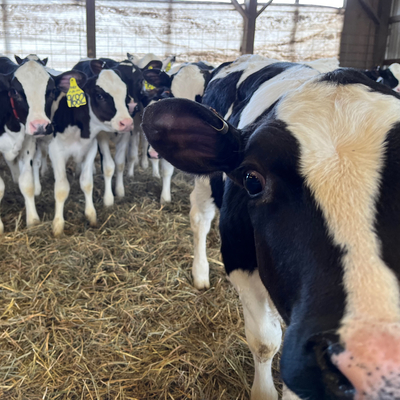
Raising replacement cows can be expensive so creating a cost-effective replacement strategy is important.
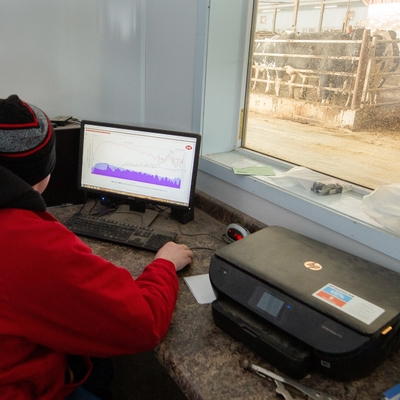
A reversed SWOT analysis, or TOWS, can help you identify new business opportunities and recognize potential threats before they become a problem.

Continually rising feed prices have tightened margins for dairy farms, making reducing wasted feed critical to farm success.
With a variety of skills and experience, often hard-won through working for others, Latinos look for ways to lower barriers to ownership.
Sustainability is not a single metric, but rather a set of attitudes, practices and systems that reduce the environmental burden and waste from a system. The recent Minnesota Nutrition Conference focused on opportunities and challenges associated with improving the sustainability of livestock operations.
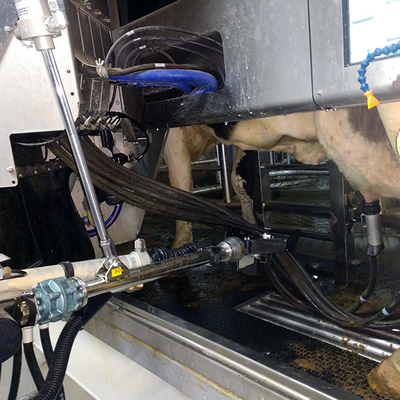
Robotic milking is a great choice for many farmers. It is worth thinking about if your goals and management style will lead to success.
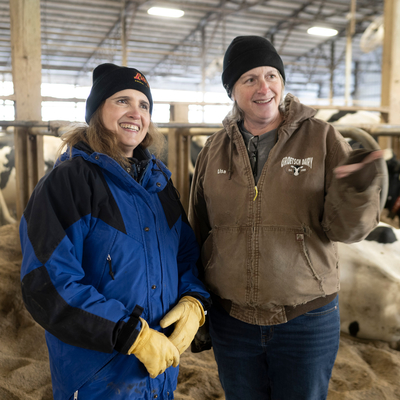
Discussions aid understanding of high-tech dairy systems, cow health, and the farm’s bottom line.

